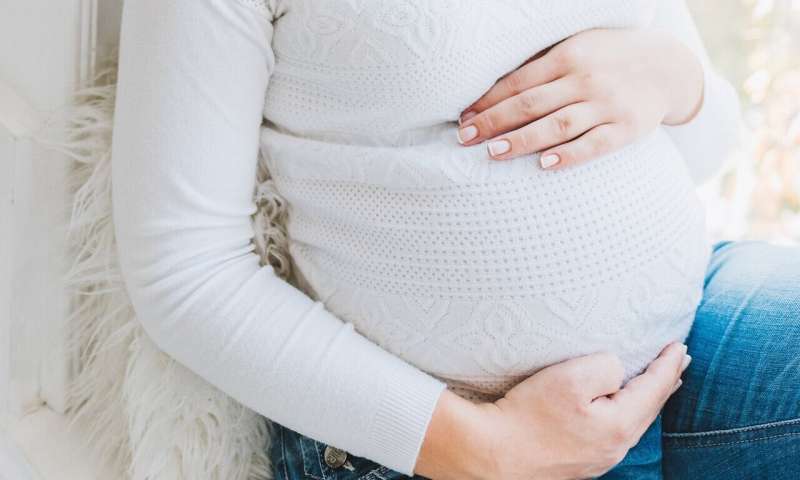Complete Brain-wide Activity Map Unveils Cellular Resolution of Decision-Making in Mice

A novel, comprehensive brain-wide map of neural activity at the single-cell level offers new insights into how mice make decisions, highlighting widespread neural coordination and predictive processes. This research advances understanding of brain function and supports large-scale collaborative neuroscience efforts.
A groundbreaking international collaboration has produced the first comprehensive map of neural activity across the entire mouse brain at the level of individual cells during decision-making processes. Researchers from the International Brain Laboratory (IBL) published their findings in two recent papers in Nature, offering unprecedented insights into how various brain regions coordinate during complex behaviors.
This extensive brain-wide activity map visualizes data from over half a million neurons across 279 distinct brain areas, covering about 95% of the mouse brain volume. Utilizing state-of-the-art electrophysiological tools, such as Neuropixels probes, scientists recorded neural signals as mice performed a decision-making task involving visual cues. The task required mice to respond to left or right flashes by turning a wheel, with some trials presenting faint light signals that prompted the animals to rely on prior expectations, thus revealing how the brain encodes predictions.
The first publication, "A brain-wide map of neural activity during complex behavior," demonstrates that decision-making signals are widely distributed across the brain, challenging traditional hierarchical models. Instead, the findings highlight the extensive communication and integration among diverse brain regions during decisions, movements, and reward processing. The second paper, "Brain-wide representations of prior information in mouse decision-making," shows that expectations based on past experiences are encoded throughout various brain areas, including sensory and motor regions, even early sensory relay centers like the thalamus. This suggests that the brain functions as a predictive machine, with expectations playing a central role in guiding behavior.
Data collection was facilitated by multi-lab efforts, standardizing tools and protocols to ensure data reproducibility. This approach is inspired by large-scale collaborations in physics and biology, like CERN and the Human Genome Project. Such teamwork allows scientists to tackle questions of brain function on a scale impossible for individual labs.
The innovative research strategy underscores the importance of viewing brain activity as a network-wide phenomenon rather than isolated regions. These insights are instrumental in understanding complex cognitive processes and may influence studies on neuropsychiatric conditions like schizophrenia and autism, where expectation processing differs.
Looking ahead, the IBL plans to expand its research to other aspects of brain function beyond decision-making, promoting open sharing of data, tools, and methods to foster scientific progress. The collective effort exemplifies how large-scale collaboration accelerates insights into the brain's intricate mechanisms.
All project data, protocols, and tools are openly accessible through the IBL platform, supporting further investigation by the scientific community. This milestone marks a significant advancement in neuroscience, illustrating the power of teamwork in unraveling the complexities of the brain.
Stay Updated with Mia's Feed
Get the latest health & wellness insights delivered straight to your inbox.
Related Articles
Pregnancy-Related STIs Increase Risks of Birth Complications: New Research
New research links sexually transmitted infections during pregnancy to higher risks of preterm birth, stillbirth, and small-for-gestational-age babies, highlighting the need for improved screening and healthcare access.
New Research Reveals Higher Rates of Sleep Apnea in Young Female Athletes
New research reveals that sleep apnea may be more common in young female athletes than previously thought, with potential implications for their cardiovascular health. Learn more about these findings and their significance.
Rising Use of Nicotine Pouches Among Teens Sparks Public Health Concerns
The increasing popularity of smokeless nicotine pouches among teens raises significant health concerns. Experts warn about early addiction risks and the challenges in regulation and education, emphasizing the need for awareness and prevention.
Understanding the Formation of Wrinkles as Skin Buckles with Age
New research explains the physical process behind wrinkle formation as skin ages, highlighting how mechanical buckling contributes to skin aging and emphasizing the importance of sun protection.



